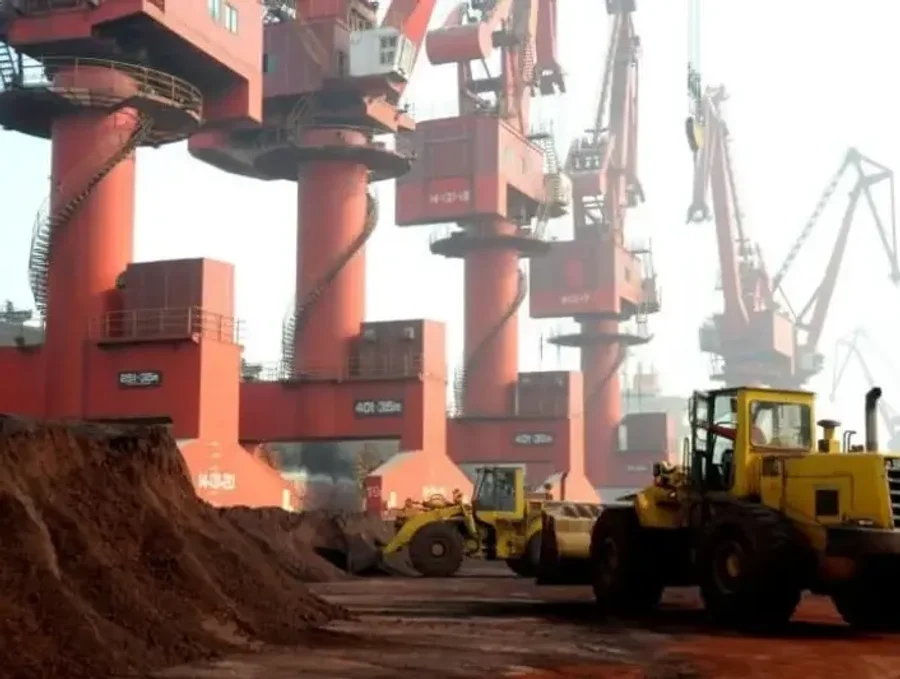We take a look at neodymium, a not-so-rare rare earth mineral vital in the production of powerful permanent magnets, lasers and aerospace alloys.
What is Neodymium?
Neodymium is a rare earth element with atomic number 60 and symbol Nd. It is a soft, silvery metal that tarnishes in air and is one of the most abundant rare earth elements. Neodymium is not found in its pure form in nature but occurs in various minerals, primarily monazite and bastnasite ores.
It is classified as a light rare earth element, along with lanthanum, cerium, praseodymium, samarium, and europium. Despite being called ‘rare’, neodymium is abundant in the Earth’s crust, with an estimated concentration of about 38 parts per million.
How is neodymium mined?
The mining of neodymium involves complex processes due to its occurrence with other rare earth elements. The primary method of extraction begins with open-pit mining of ore deposits.
After extraction, the ore undergoes crushing and grinding to reduce particle size. The ground ore is then subjected to froth flotation, where rare earth-bearing minerals are separated from other minerals using chemical reagents that make them hydrophobic. This process creates a concentrate of rare earth minerals.
The concentrate then undergoes a series of chemical treatments to isolate individual rare earth elements.
For neodymium, this typically involves leaching with hydrochloric acid, followed by solvent extraction. In solvent extraction, organic chemicals designed to selectively extract neodymium are used in a multi-stage process to separate it from other rare earths. The final step involves precipitating neodymium as an oxalate and then calcining it to produce neodymium oxide.

Top Neodymium-producing countries
China dominates global neodymium production, accounting for approximately 80% of the world’s supply. Other significant producers include Australia, the US and Myanmar.
In 2020, China produced an estimated 29,000 tonnes of neodymium oxide, while Australia produced about 7,000 tonnes. The US and Myanmar each produced around 1,000 tonnes.
Leading miners of neodymium
The leading companies in neodymium mining include China Northern Rare Earth Group, which is the largest producer in China, and Lynas Corporation, an Australian company that operates the Mount Weld mine.
In the US, MP Materials operates the Mountain Pass mine in California, which is the country’s primary source of rare earth elements, including neodymium.
MP Materials recently announced plans to open the first rare earth refinement facility within the US. This facility, located at the Mountain Pass mine, will focus on refining a compound of neodymium and praseodymium, which are commonly used in magnet production.

Industrial applications of neodymium
Neodymium’s most significant industrial use is in the production of powerful permanent magnets. Neodymium-iron-boron (NdFeB) magnets are used in electric vehicle motors, wind turbine generators, hard disk drives, and various consumer electronics.
The element is also used in lasers, glass colouring and tinting, and as a component in alloys for aircraft engines.
In the automotive industry, neodymium is used in catalytic converters. It also finds applications in ceramics, battery alloys, and glass additives.
Geopolitical complexities of neodymium supply chain
The geopolitical complexities surrounding neodymium stem from China’s dominance in the global supply chain. China’s control over rare earth production has led to concerns about supply security and potential market manipulation.
In 2010, China temporarily restricted rare earth exports, causing price spikes and prompting other countries to seek alternative sources and develop their own production capabilities.
The US, European Union, and Japan have all implemented strategies to reduce their dependence on Chinese rare earth supplies. These efforts include investing in domestic mining and processing capabilities, exploring recycling technologies, and seeking alternative materials.
The US Department of Defense has provided funding to MP Materials to support the development of rare earth processing capabilities at the Mountain Pass mine.
Neodymium mining and the environment
Environmental concerns also play a role in the geopolitics of neodymium. The mining and processing of rare earth elements can have significant environmental impacts, including the generation of toxic and radioactive waste.
China has faced criticism for lax environmental standards in its rare earth industry, leading to efforts to improve regulations and clean up contaminated sites.
In the Longnan region of China, for example, rare earth mining has led to excessive amounts of ammonia and nitrogen compounds being dumped into the ground and surface water. Other pollutants, such as cadmium and lead, are also released during the mining process, posing long-term health risks to local populations5.
Recycling of neodymium from end-of-life products is an emerging area of focus. Researchers are developing methods to recover neodymium from discarded electronics and magnets. One promising technique involves using hydrogen gas to break down neodymium magnets into a powder, which can then be reprocessed into new magnets.



